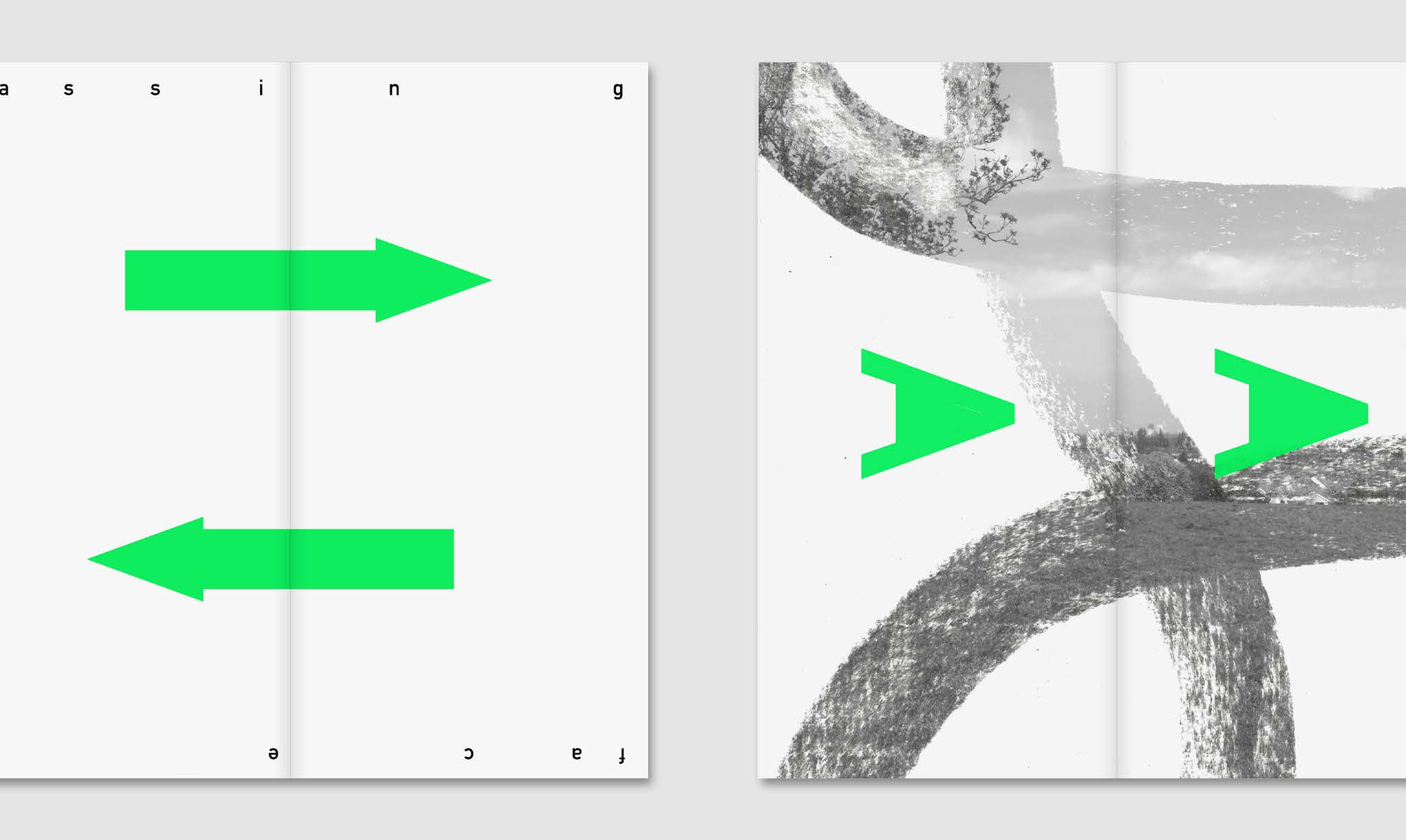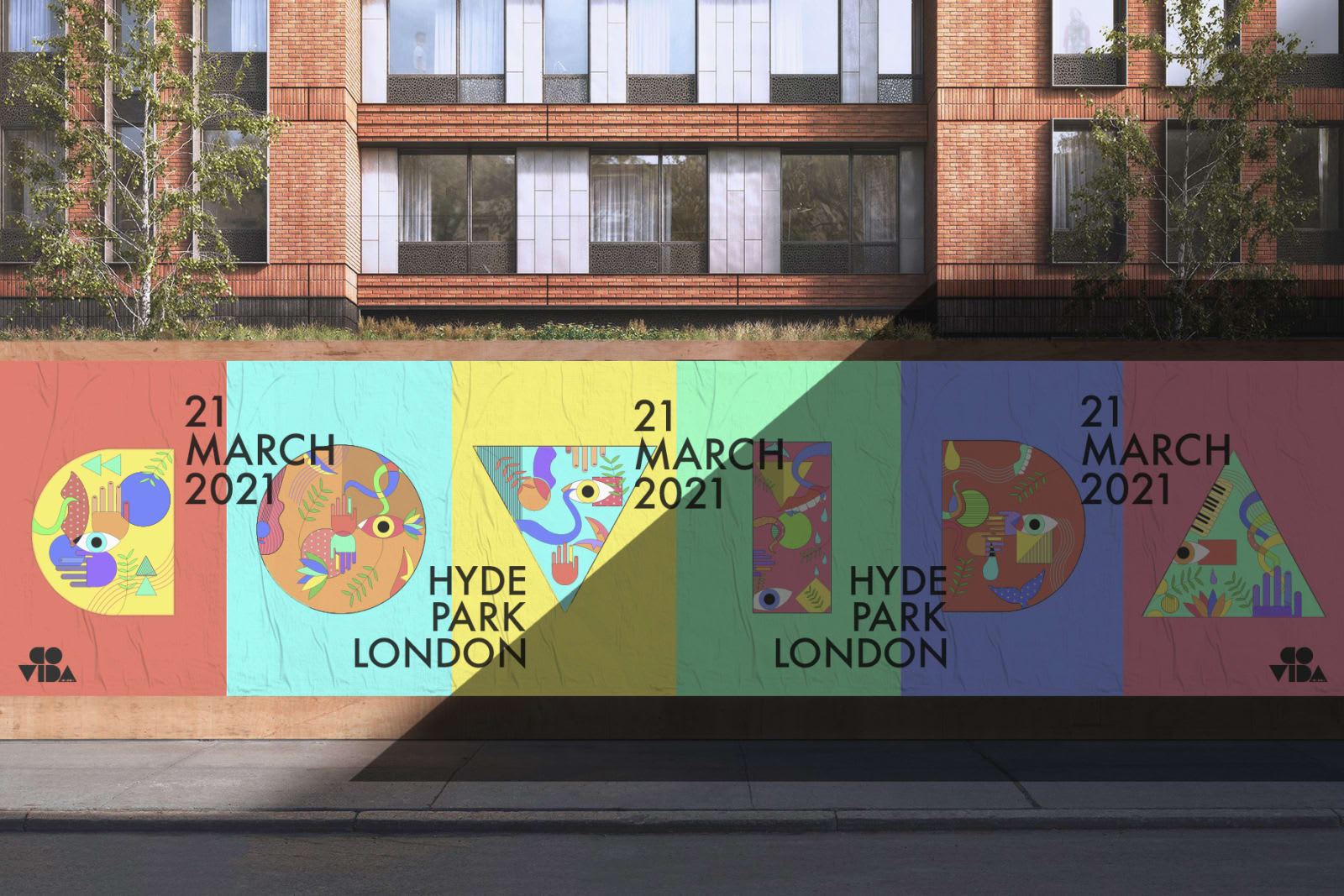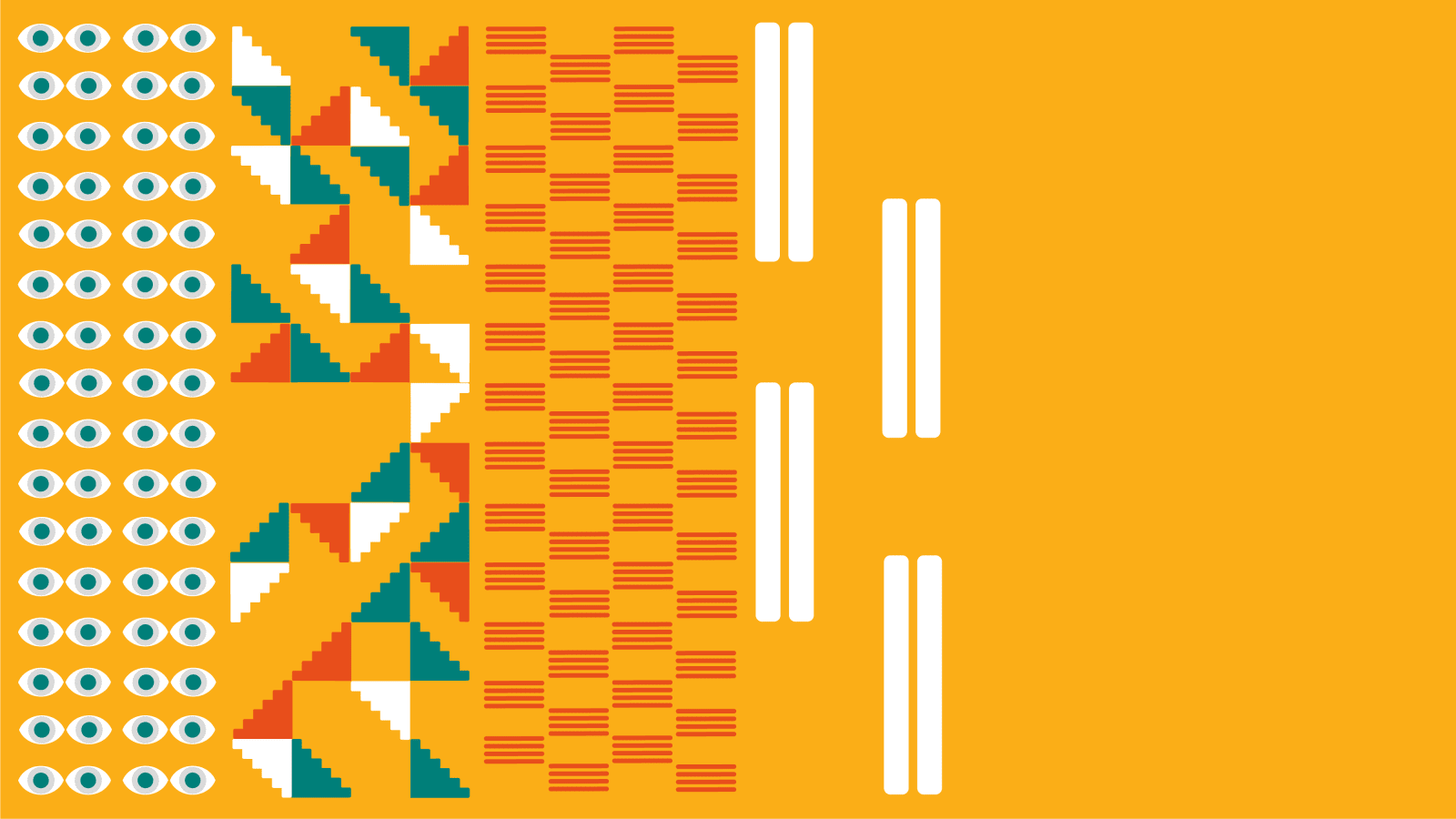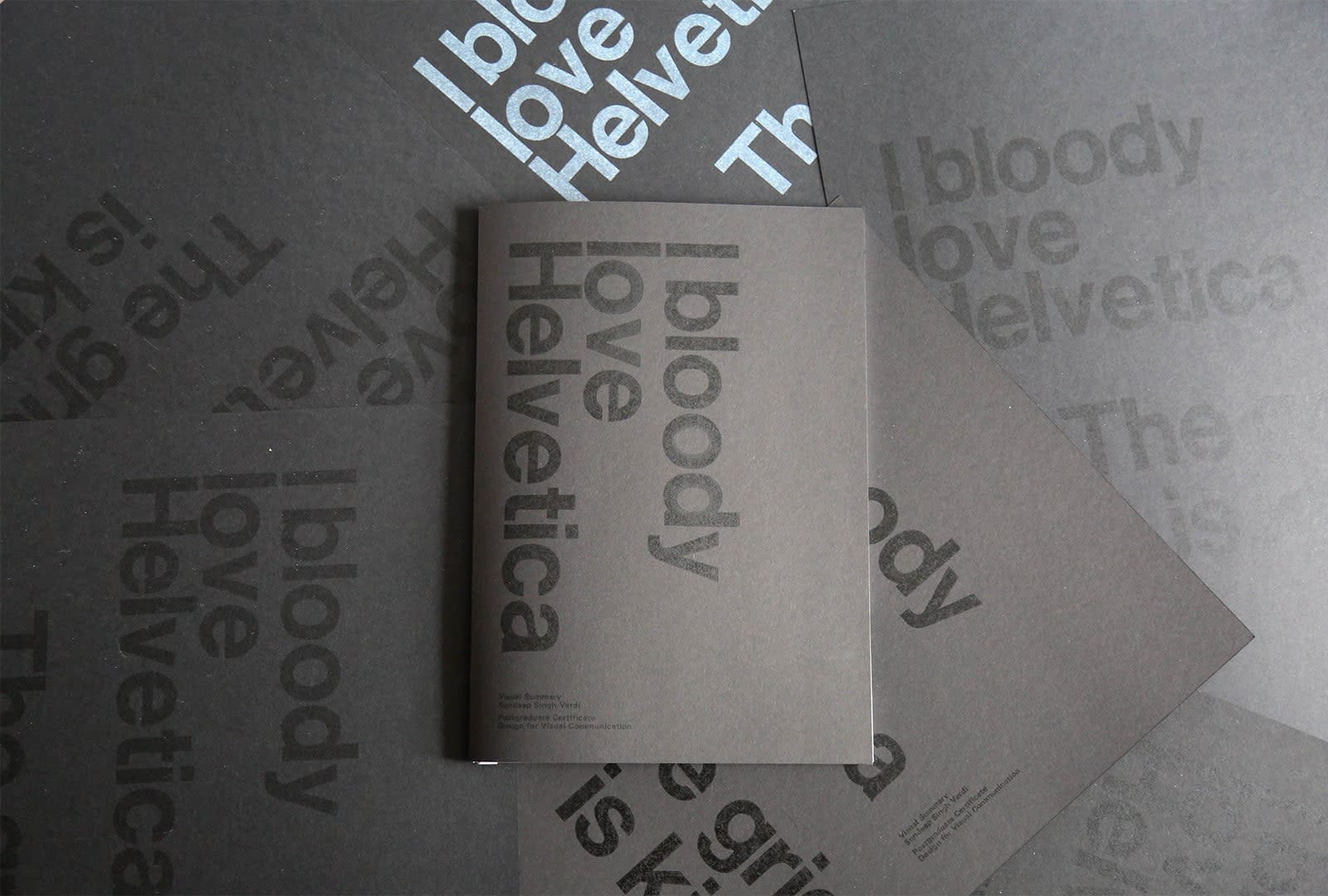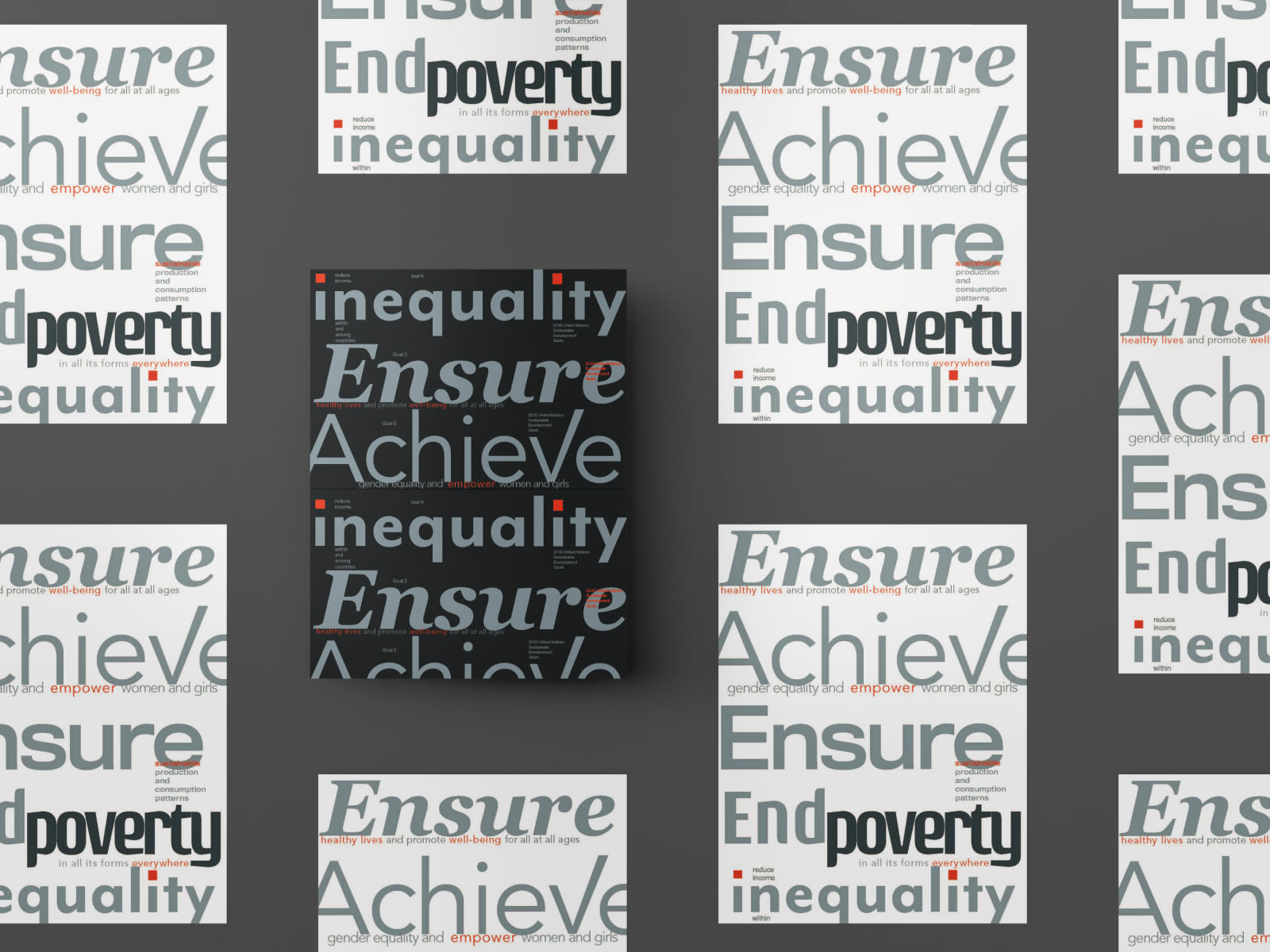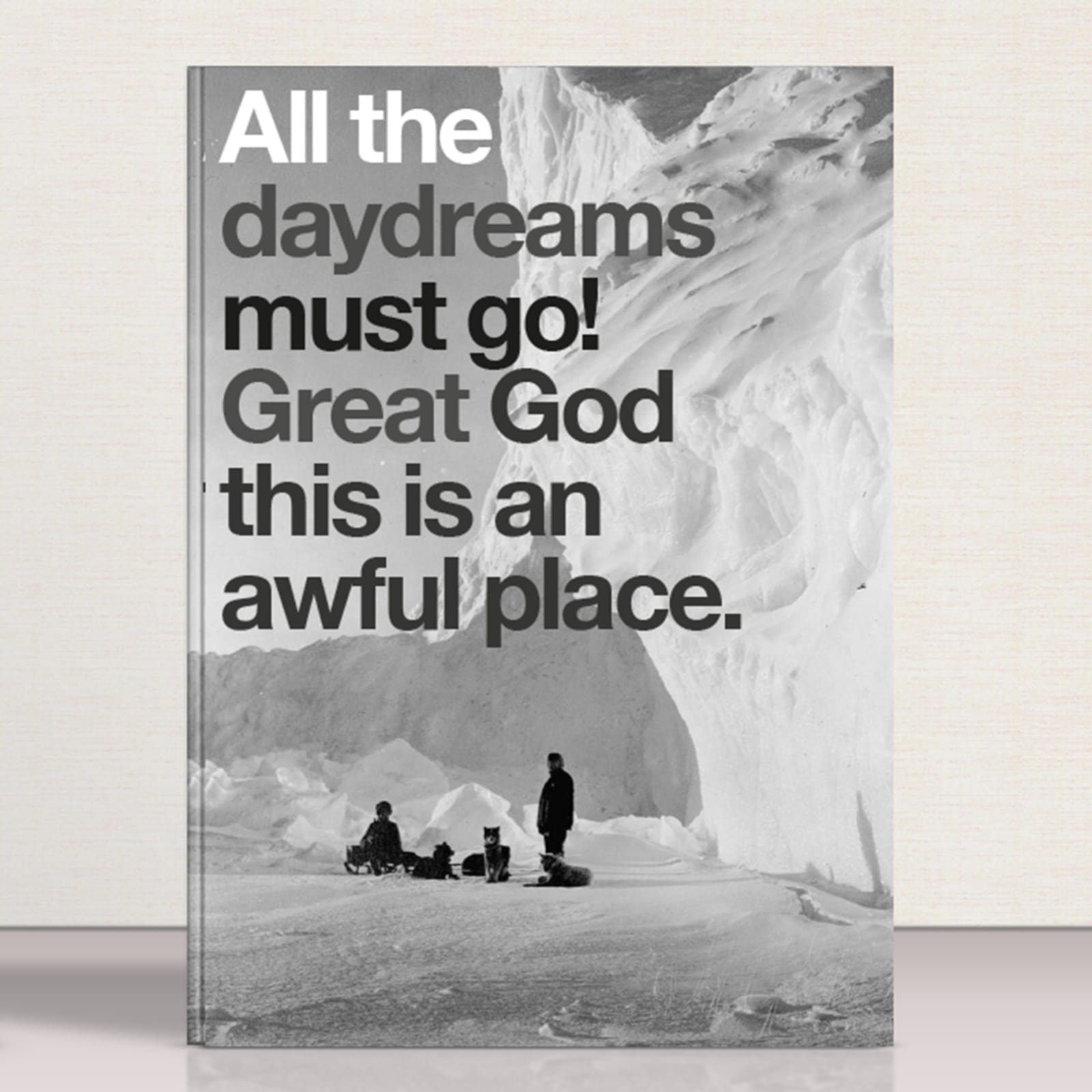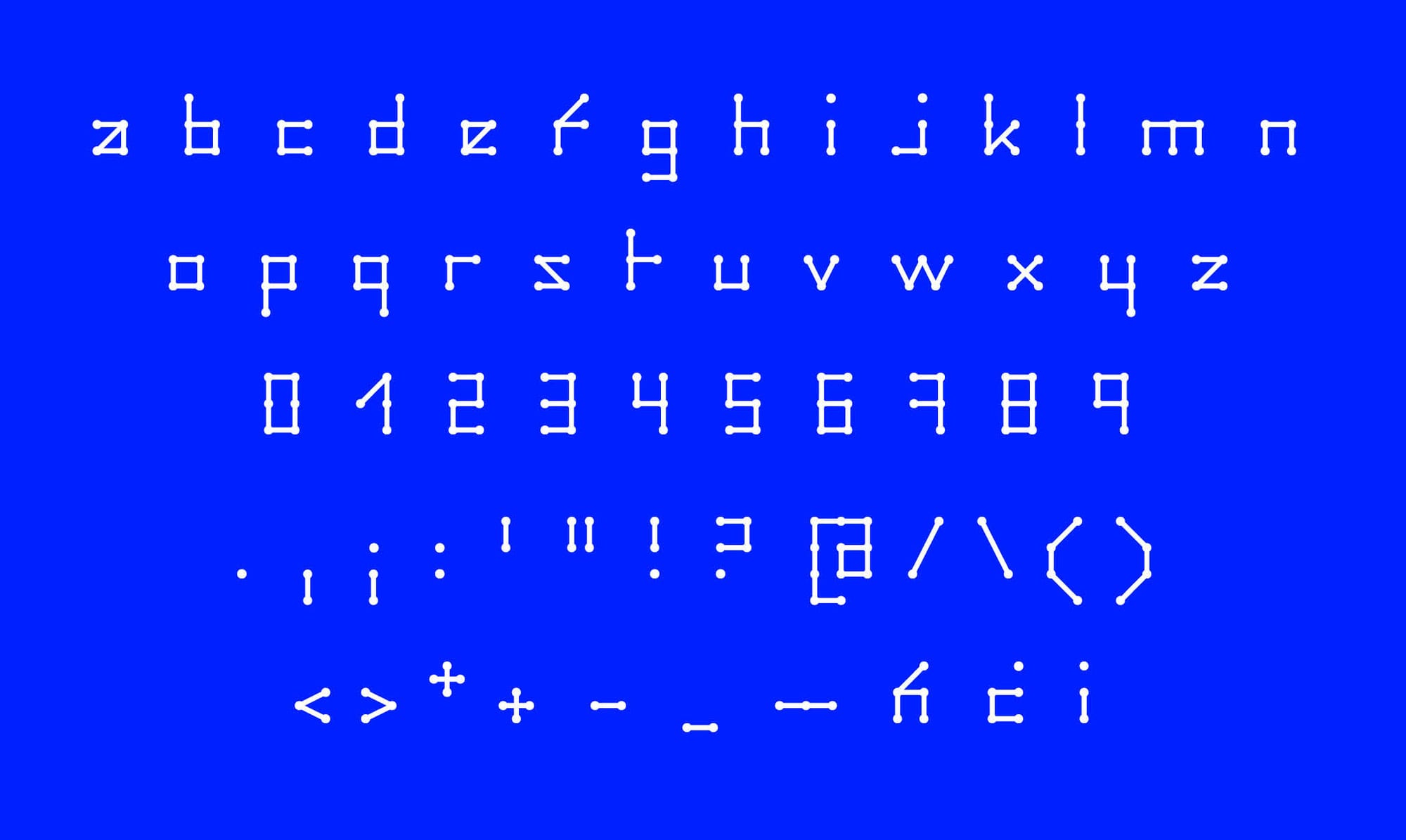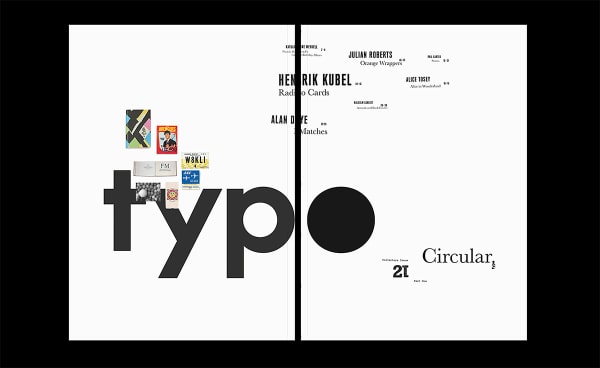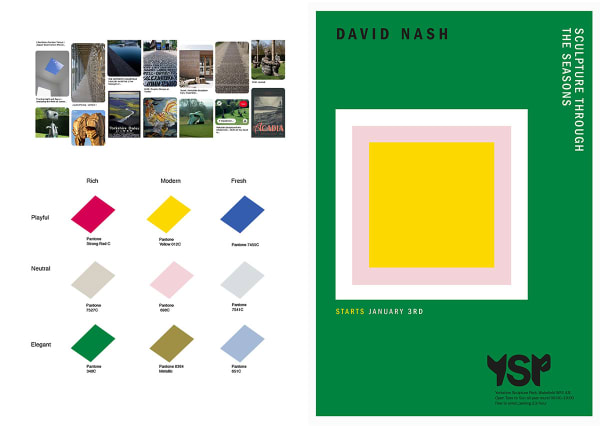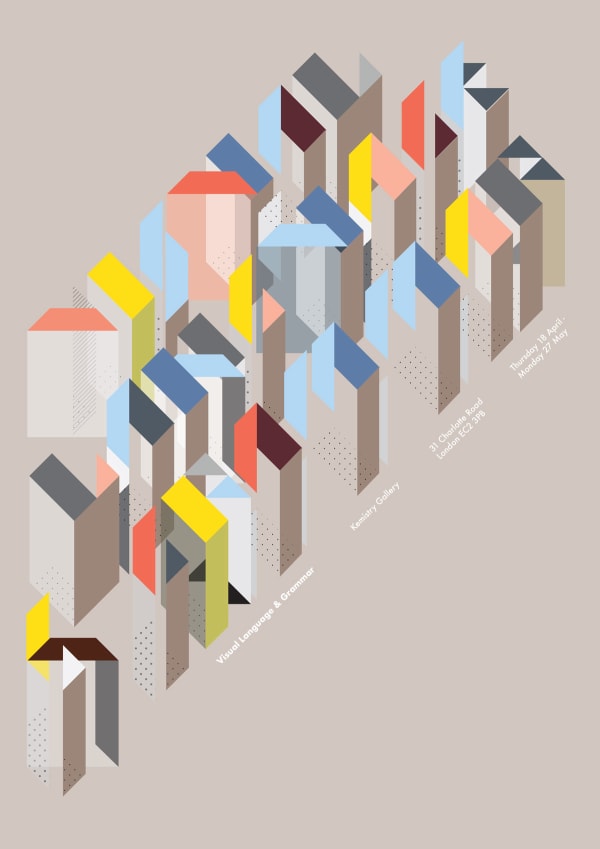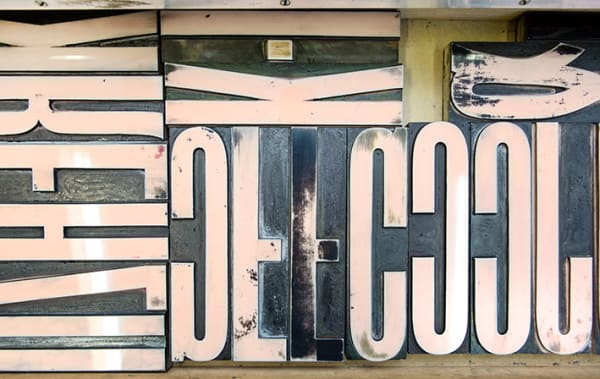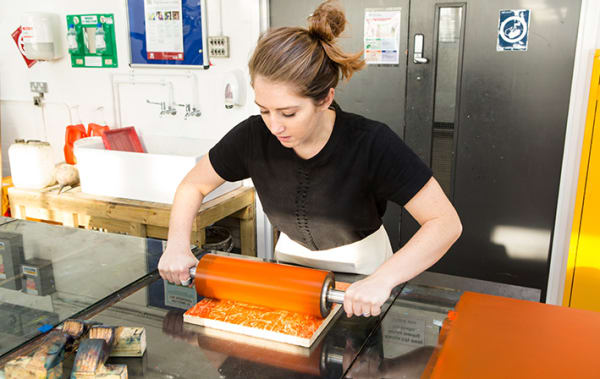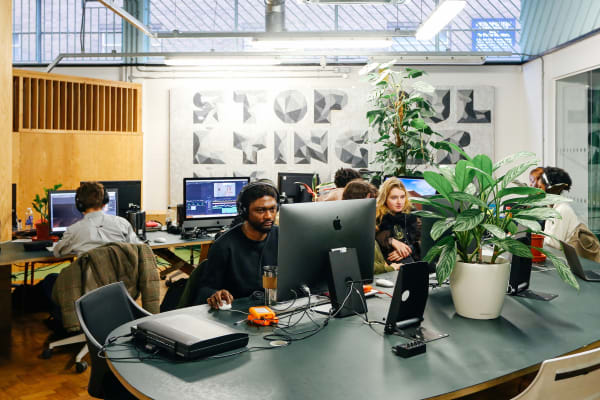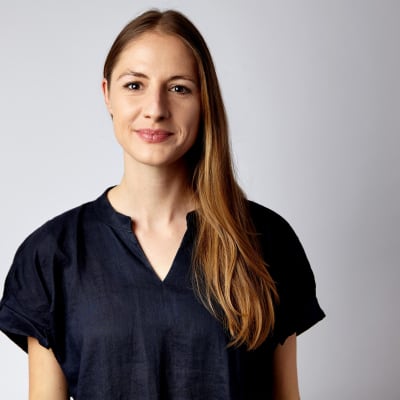Course units
We are committed to ensuring that your skills are set within an ethical framework, and we have worked to embed UAL’s Principles for Climate, Racial and Social Justice Principles into the curriculum and in everything we do.
As part of this initiative, we’ve shaped our courses around social and environmental sustainability principles that ensure learning outcomes reflect the urgent need to equip you with the understanding, skills, and values to foster a more sustainable planet. Our aim is to change the way our students think, and to empower you to work towards a sustainable future.
The Postgraduate Certificate Design for Visual Communication has three units totalling 60 credits.
Autumn, Term 1
Research and Development (20 credits)
Introduces you to the key methods of investigation and research in the subject at postgraduate level.
Design Resolution (20 credits)
Will investigate and re-examine the main themes of graphic design such as visual language and grammar; hierarchy; structure; navigation; identity; etc. This unit will enable you to experience research and development methods in practice.
Spring, Term 2
Research and Development (continued)
Design Resolution (continued)
Professional and Academic Context (20 credits)
Offers you an opportunity to undertake a choice of projects that places emphasis on your future professional or academic direction.
Summer, Term 3
Professional and Academic Context (continued)
The course is currently running in part-time mode only and fits within the university credit framework. Synchronous study is one day a week during the day.
It is comprised of tutored study and self-directed study, access to facilities and asynchronous online materials. You will embark on both course-set and self-initiated projects.
